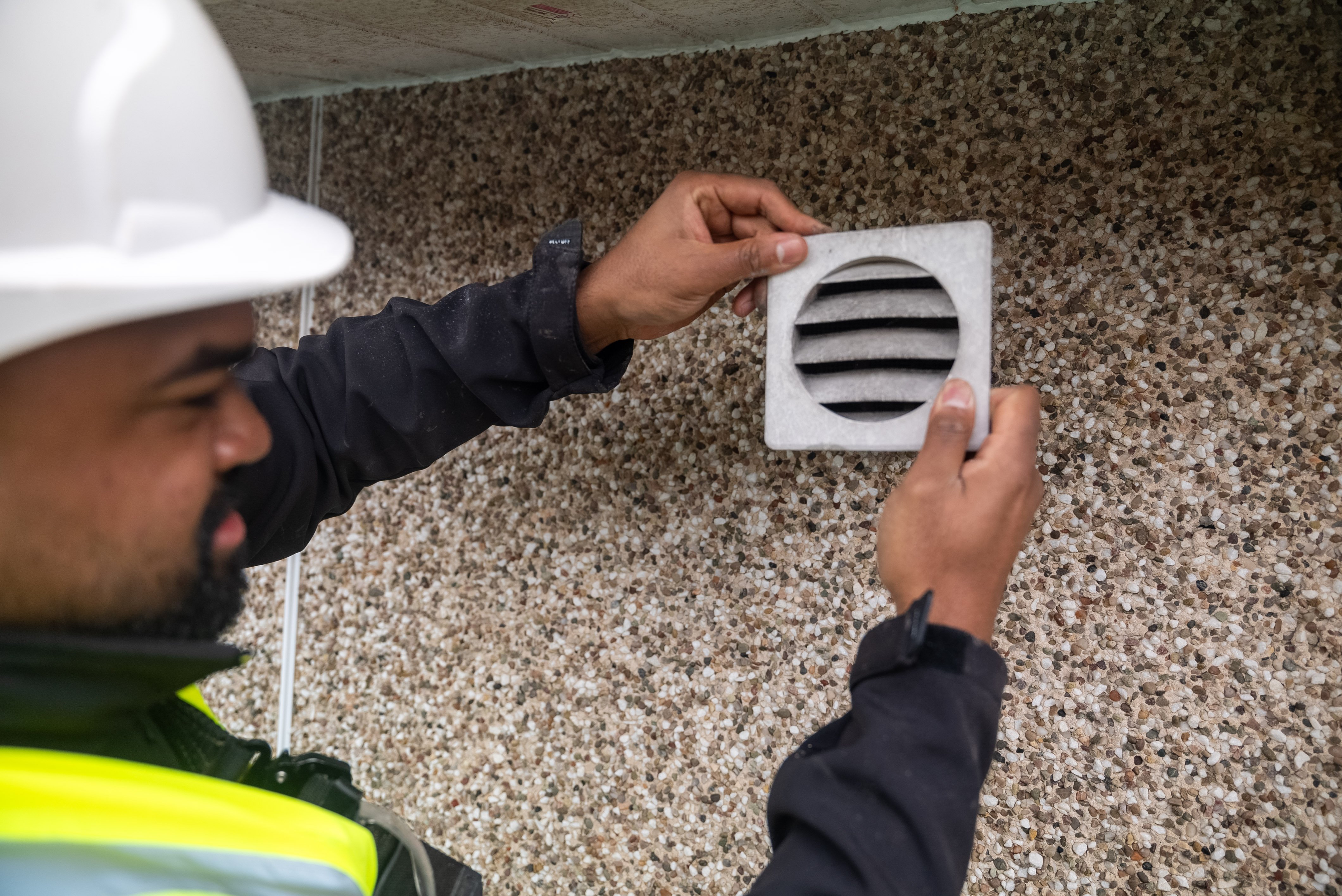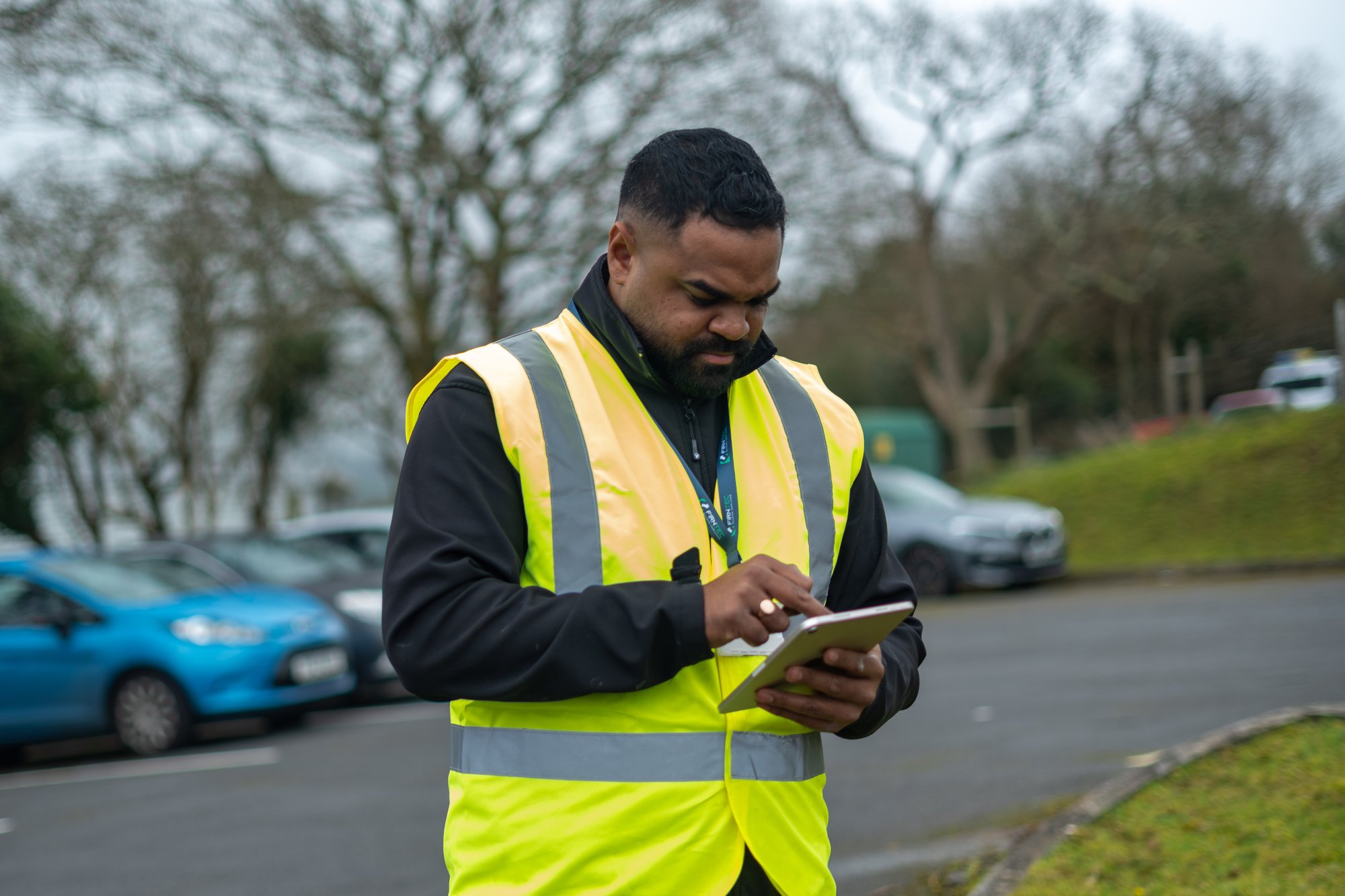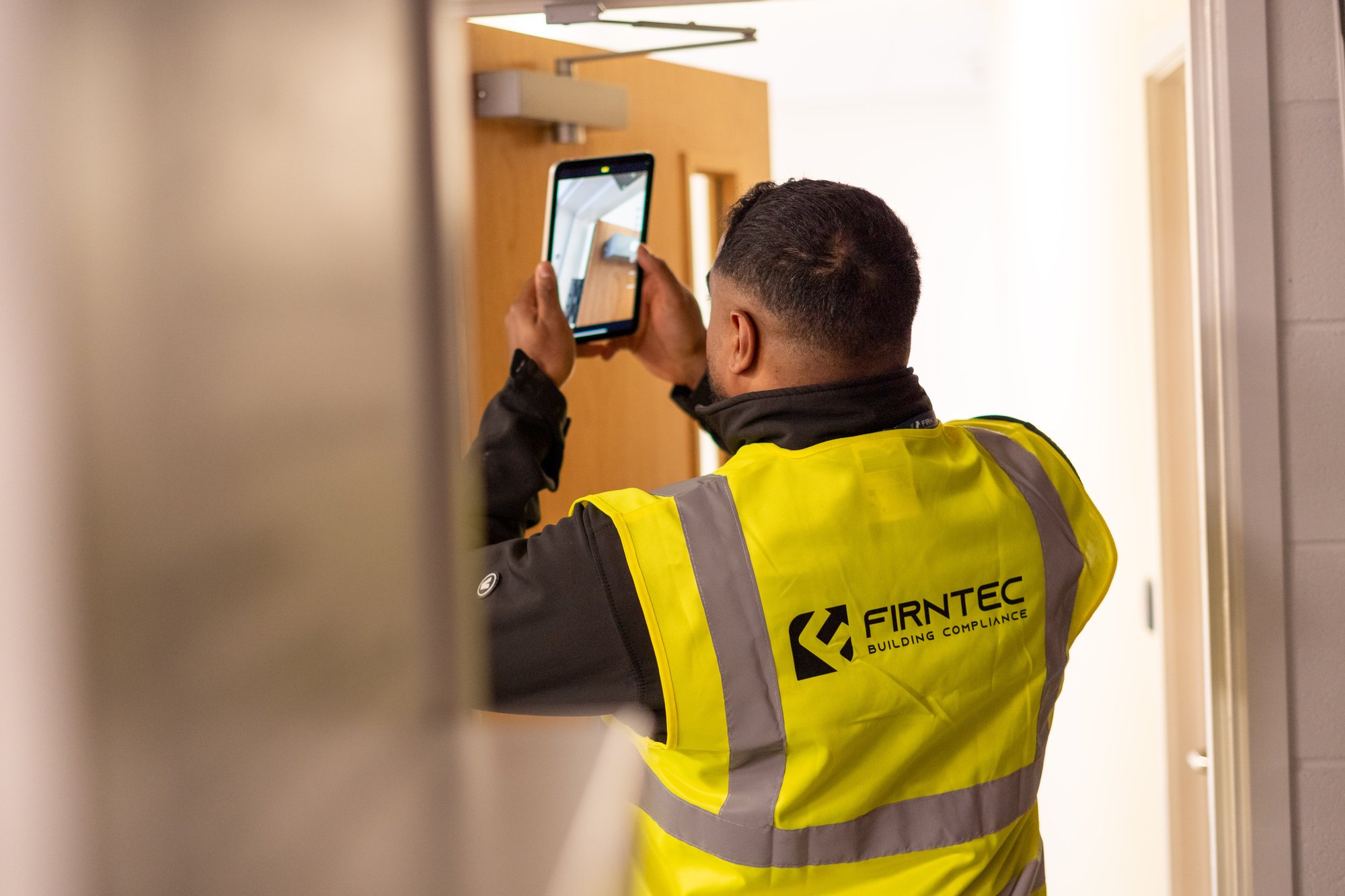
Fire Risk Assessments (FRAs)
A fire risk assessment (FRA) is an organised inspection of your property identifying any fire hazards that could cause danger, evaluating the measures currently in place, and estimating the level of risk for existing hazards. An FRA is the first step to be able to control, manage and mitigate risk from fire and ensure fire safety.


What is a Fire Risk Assessment?
An FRA is a review undertaken of a building to determine the level of risk of a fire occurring.
The Fire Risk Assessment aims to:
- Identify potential fire hazards
- Identify people at risk
- Evaluate, remove or reduce the risks
- Record findings and prepare an emergency plan and provide training.
UK law states that the you must carry out and conduct risk assessment practices. Failure to comply with the Fire safety Order may result in legal action resulting in a fine or even imprisonment.
Who is responsible for conducting a Fire Risk Assessment?
Under the The Regulatory Reform (Fire Safety) Order 2005, the owner or occupier of a premises, ‘The Responsible Person’ must carry out or appoint a competent person to carry out a suitable and sufficient fire risk assessment.




Understanding the types of Fire Risk Assessments
| Type 1 | Type 2 |
|
A Type 1 Fire Risk Assessment (FRA) is non-destructive, and the most common type. A Type 1 FRA assesses all the shared parts of a building and not individual dwellings. The purpose of a Type 1 FRA is to ensure that shared parts of the building have the correct procedures in place which allow people to escape the building, in the event of a fire. This will include clear signage leading to entry and exit points. The results of a Type 1 FRA may reveal additional issues and the need for other FRA's to take place within the building. If this should be the case the Type 1 FRA will list the reasons why this would be required. Firntec holds certain expectations for the following:
|
Type 2 Fire Risk Assessments are rare, they tend to be recommended if a Type 1 FRA concluded that there was structural flaws within the building, therefore, increasing the risk of fire and it spreading rapidly. This type of FRA includes intrusive sampling when there is a good reason to believe there is structural flaws which need further investigation. This is important to carry out when needed as, it could lead to breaches in compartmentation and the spread of fire throughout the building. Firntec holds certain expectations for the following:
|
| Type 3 | Type 4 |
|
Type 3 FRA's are Fire Risk Assessments that include all work within scope of a Type 1 FRA. Therefore it is non-intrusive, but also takes into account the arrangements for means of escape and fire detection within at least a sample of the flats (usually 10% min.) Within the flats, the inspection is non-intrusive, but the fire resistance of doors to rooms is considered.
|
As a Type 4 Fire Risk Assessment, this survey involves a high degree of intrusive exposure in order to determine the appropriateness of the buildings fire safety systems. The intrusive assessment includes sampling of flats, as well as checking the integrity of the separating construction that protects both the common parts and other flats to assess the likelihood of the fire spreading;
Additionally, Type 4 FRA's consider the precautions, such as; means of escape, fire detection within a sample of dwellings, the inspection of the respective dwelling entrance doors and all common areas. A Type 4 FRA, provides the most comprehensive fire risk assessment, based on the access available. However, it must be acknowledged that whilst the building may not be fully compliant with current building regulations, the purpose of the report is to establish whether any departures from present benchmarks create significant risks. If these risks are apparent, a solution needs to be determined and implemented within the constraints of the existing structure and layout. |



